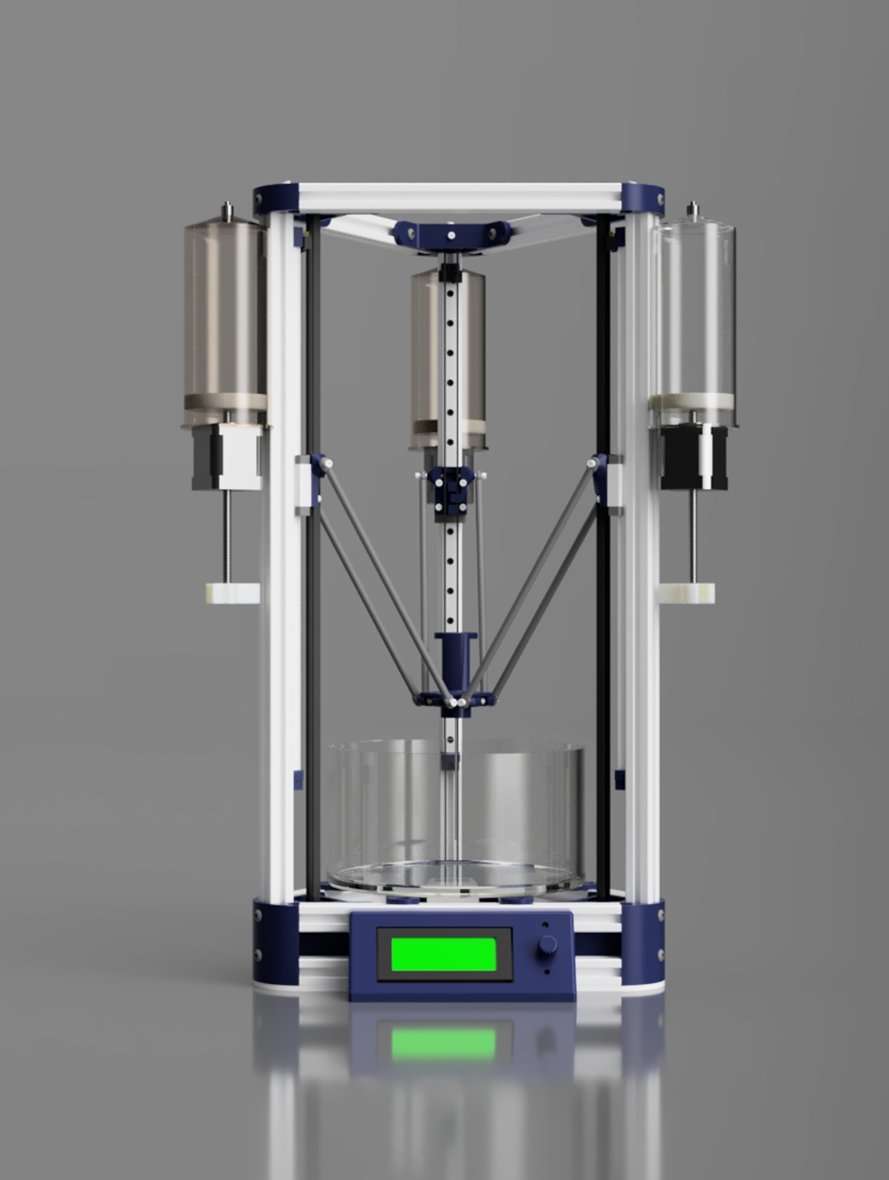[2021 - Present]
Speech2Spikes
A
real-time pre-processing algorithm that enables speech recognition on neuromorphic
processors
(Accenture Labs)
MechSense
A
fully multi-material 3D printed sensor for revolute motion
(Accenture Labs)
Fire ProbeAn IoT sensor for wildfire detection,
mitigation, and risk assessment
(Accenture Labs)
A smart joint sensor for measuring performance and chronic pain
(Work in Progress) [2020 - 2021]
The Ventilator ProjectAffordable ventilators to combat a global pandemic
Brain Switch
Brain-computer interface for ALS patients with real-time machine learning
(MIT Media Lab)
AttentivUWireless glasses that measure biopotentials and promote well-being
(MIT Media Lab)
Printed Monitors
3D printed studio monitors with flat, full-range sound and excellent off-axis response
HYDROGEL
Open-source 3D printer for printing fluid materials in hydrogel support
(Work in Progress)
If I Kiss You
Sculptural art from hundred-year old paper player piano scroll
[Pre-2020]
Metamaterial strain gauge for soft robots with high signal-to-noise ratio and orthogonal force rejection Watchtower Robotics
MIT startup fixing water infrastructure using soft robots
(Techstars, MassChallenge)
CNC Controller
Three axis controller with motion control over Ethernet
About Me {
I'm a computer scientist combining physical sensors with intelligent algorithms to create smart systems that improve people's well-being.
My work involves neuromorphic computing, brain-computer interfaces,
3D printing, & IoT devices.
I'm a researcher in the
Future Technologies Group @ Accenture Labs.
}





